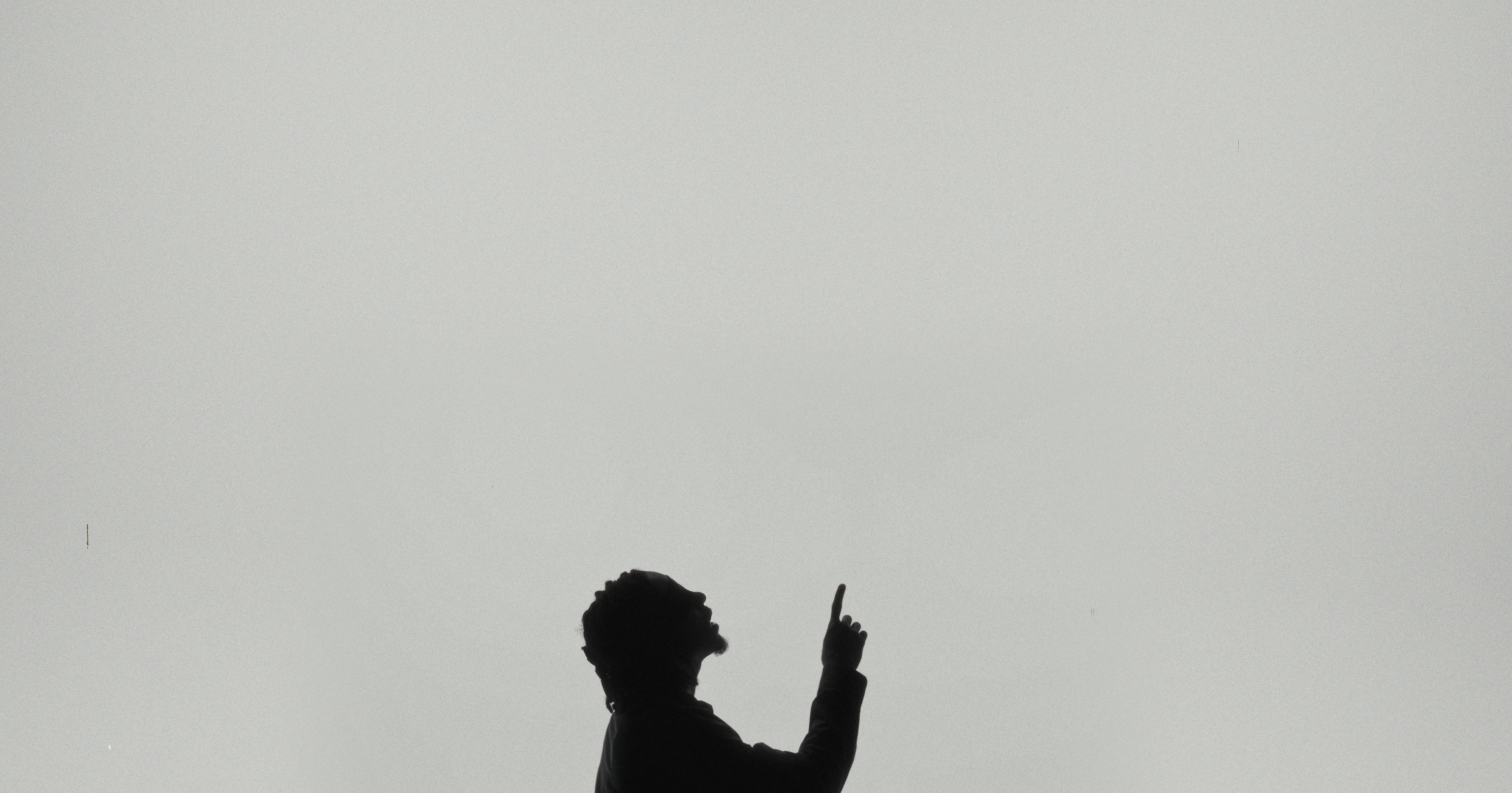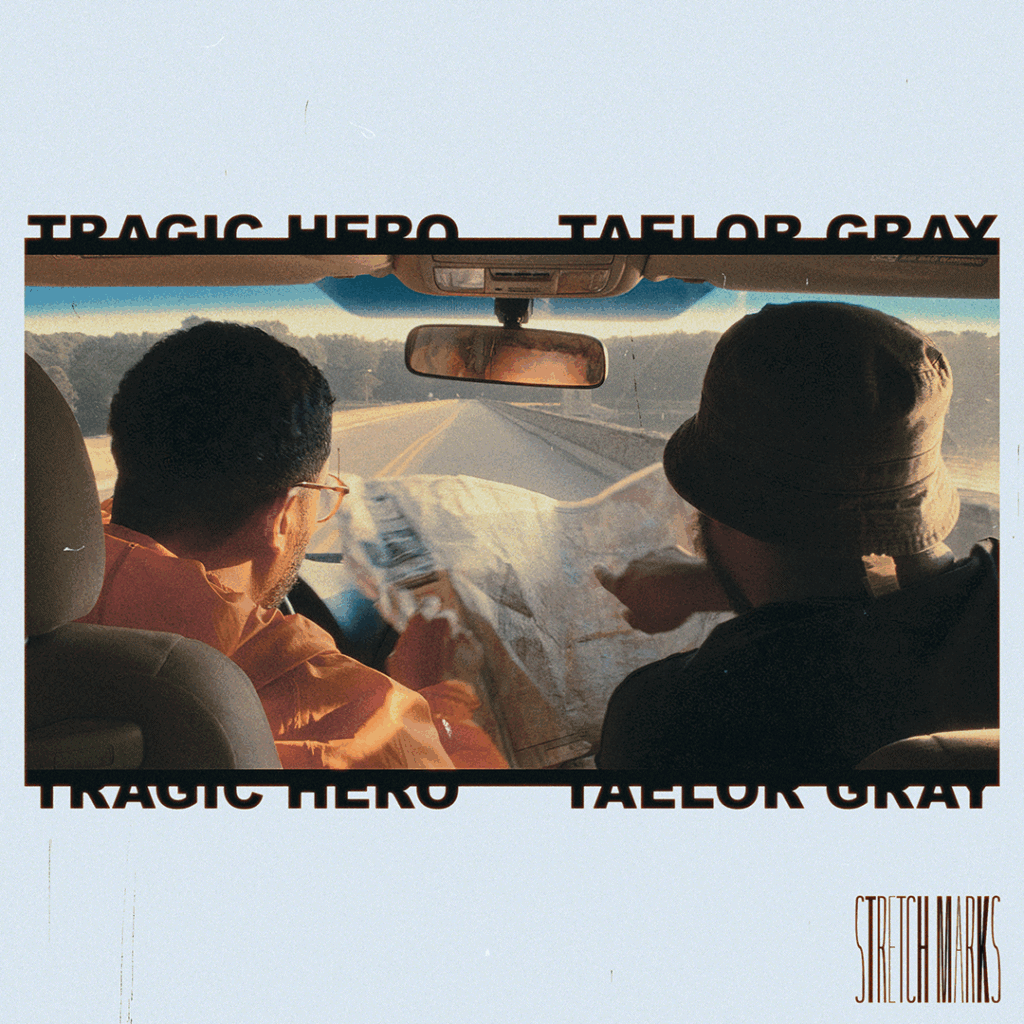The 116 Life Ep. 48: Entering the Play.Room with Robby Simon
In this episode of The 116 Life, Reach Records SVP of A&R Ace Harris and co-host Meah Evans, had the pleasure of hosting Robby Simon, a multifaceted creative from Atlanta, Georgia. Robby’s story is one of resilience, creativity, and the power of imagination. His journey from a modest upbringing to becoming a creative force is both inspiring and enlightening.
Robby’s Background and Early Influences
Robby grew up in a modest home in Smyrna, a suburb of Atlanta, Georgia. His early life was marked by poverty and hardship, but it was also where he found his first source of inspiration – his grandmother, Mildred. A skilled seamstress, Mildred’s creativity and work ethic left a lasting impression on Robby.
From a young age, Robby was drawn to creativity. He was influenced by movies, anime, and his own imagination. His first creative endeavor was playing drums, a skill he learned by observing the drummer at his local church. This early exposure to music would later play a significant role in his life.
The Power of Imagination
Robby’s childhood was not easy, but he found solace in his imagination. He learned to picture himself doing things as a way to overcome fear and escape from his difficult home life. This ability to visualize success and happiness helped him navigate through his challenging circumstances.
Robby also developed an interest in skateboarding and punk rock, interests that set him apart from his peers. These interests, along with his creativity, were shaped by his experiences and the people who influenced him, including his grandmother.
The Multifaceted Nature of Atlanta’s People
Ace and Meah were surprised by Robby’s perspective. We had a preconceived notion of what a black male from Atlanta would be like. However, Robby’s demeanor and insights reminded us of artists like Childish Gambino and Andre 3000, highlighting the multifaceted nature of Atlanta’s people.
Robby shared his experience of not fitting into the typical typecast of black masculinity. He admired artists like Lupe Fiasco and Pharrell Williams for their unique expressions of blackness. His interest in music, particularly drums, helped him escape and stay out of trouble during his youth.
Robby’s Upbringing and the Influence of Punk Music
Robby’s upbringing in Smyrna was marked by poverty and inequality. He lived in an apartment complex where some tenants had been there for decades, highlighting the lack of upward mobility in his community. However, Robbiy found an escape in creativity and music.
He credits playing drums as a form of therapy and escape. He believes that imagination can change the way reality looks and connect us with a higher power. Robby also found inspiration in punk and hardcore music, which he believes are often overlooked as forms of expression for black individuals.
The Transformative Power of Faith
Robbydiscussed the term “Christian” and its historical context. He emphasized that true Christianity is not about being insulted or killed, but about the transformative power of faith. Reading the works of Martin Luther King Jr. opened his eyes to the beauty and life-changing nature of the faith.
Embracing the Inner Child
Robby believes in the importance of maintaining a childlike imagination and how it influences creativity. He referenced the movie “Hook” as a perfect example of not letting one’s inner child die. He also highlighted the connection between creativity and faith, stating that art is a childlike process that allows us to express ourselves authentically.
Discovering a Passion for Furniture Design
While working at Mailchimp, Robby discovered his passion for furniture design. He educated himself through YouTube videos and online resources and started learning about renowned designers like George Nakashima, Mies van der Rohe, and Charles and Ray Eames. He also explored the underrepresented field of black furniture makers, which opened his eyes to the incredible craftsmanship and innovation of these underrepresented groups.
Robby’s Goals for His Playroom
Robby’s goal for his Playroom is to inspire others and show them that anything is possible. He wants people to know that they can design and create something unique, regardless of their background or identity. He loves the generation of Gen Z because they are breaking down gatekeeping and making information more accessible.
The 116 Life Ep. 48: Conclusion
Our conversation with Robby Simon was a journey through his life, his struggles, and his triumphs. His story is a testament to the power of creativity, imagination, and resilience. It was a pleasure to have him on the show, and we look forward to seeing what he creates next.
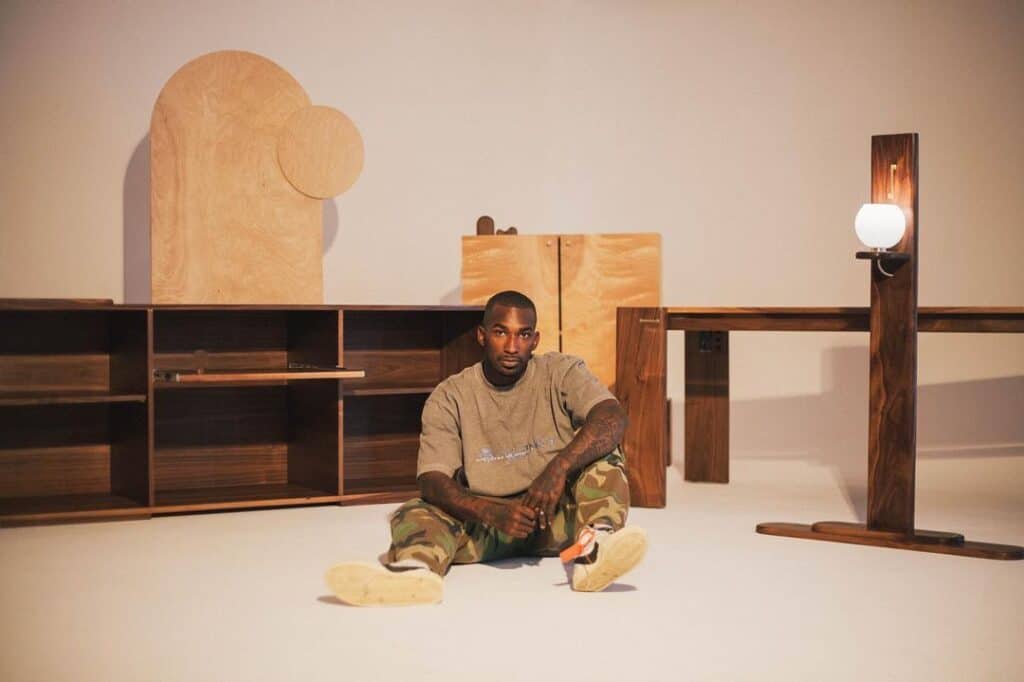
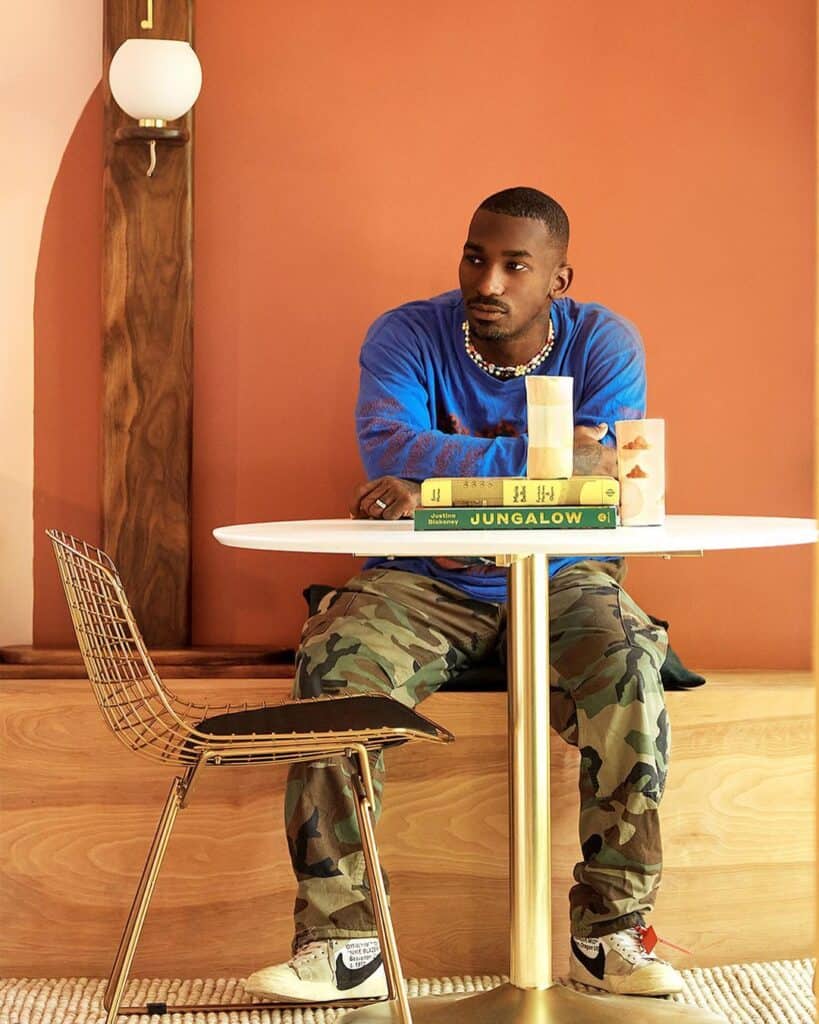
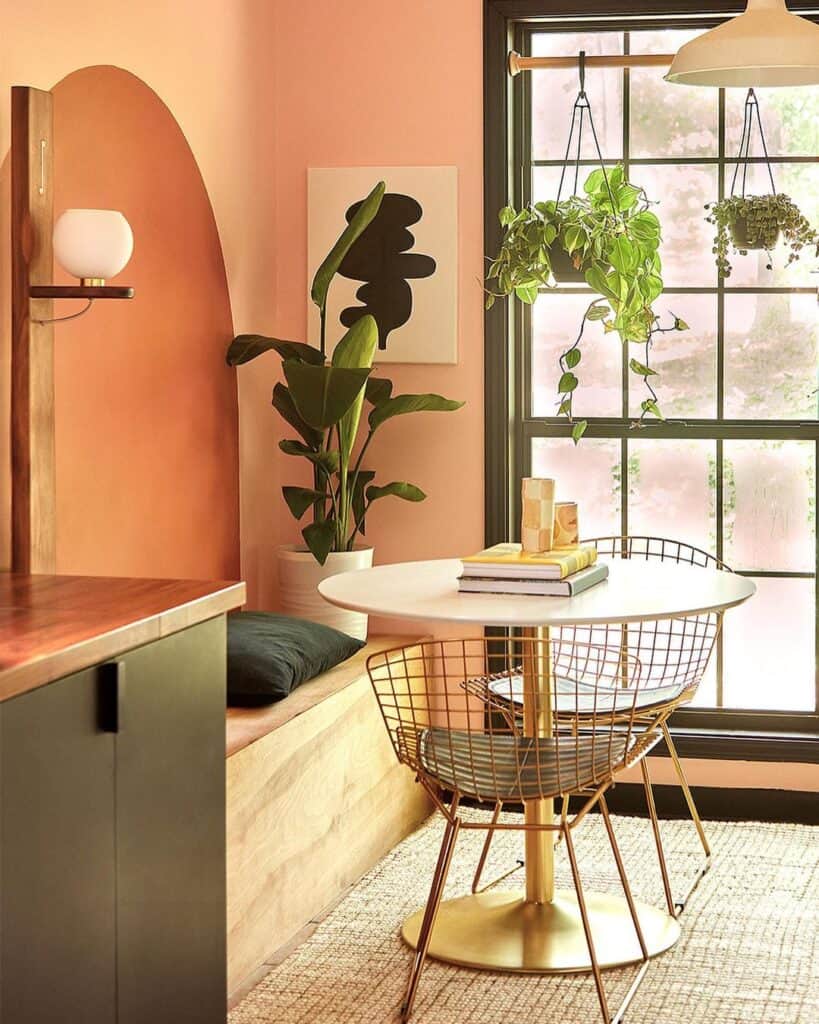
TIMECODEREFERENCES:
Robby Simon’s Background (00:00:46) Robby Simon talks about growing up in Atlanta and his experiences, including going to the Olympics and Freak Nik.
Robby Simon’s Grandmother’s Influence (00:02:41) Robby Simon discusses his grandmother’s creativity and how she inspired him to be creative as well.
Robby Simon’s Creative Endeavors (00:04:21) Robby Simon talks about his various creative pursuits, including photography and playing drums, and how they have progressed over time.
Growing up in Smyrna (00:09:23) Smyrna in the 90s, before Atlanta became popular, and the transformation of the area with the Olympics.
Expression of Blackness in Atlanta (00:09:56) The diversity and multifaceted nature of Atlanta’s artistic and eclectic people, and the challenges faced by those who didn’t fit the typecast.
Discovering Punk and Hardcore Music (00:14:57) Robby’s journey into punk and hardcore music, the involvement of black artists in these genres, and the positive outlet it provided for him.
The poverty and diversity of Atlanta (00:18:11) Describes the different socioeconomic conditions in Atlanta, with poverty and inequality being prevalent outside the city center.
Using creativity as an escape (00:19:43) Discusses how creativity, particularly playing drums, served as a form of therapy and escape from the challenges of poverty.
Imagination, faith, and punk music (00:21:49) Explores the intersection of spirituality, imagination, and punk music, highlighting the existence of Christian punk and hardcore bands that embrace spirituality and express their faith authentically.
Childlike Energy and Creativity (00:28:17) Discussion about embracing the inner child and how it influences creativity and art.
The Power of Imagination (00:31:33) Exploration of the positive and negative uses of imagination, with a focus on using imagination in a childlike and faith-filled way.
Thomas and Faith (00:35:36) Reflection on the story of Doubting Thomas and the importance of questioning and seeking understanding in matters of faith.
The Journey of Learning and Imagination (00:36:23) Robby talks about his childhood faith, working at Mailchimp, and discovering their passion for woodworking.
Discovering the Beauty of Design and Furniture (00:37:13) Robby shares their initial confusion about Mailchimp and their realization that it is a real business. They also discuss their journey of learning about design and furniture.
Uncovering the History of Enslaved Furniture Makers (00:39:44) Robby talks about finding a black furniture maker who specializes in the history of furniture made by enslaved people, and the importance of recognizing underrepresented groups in the field.
The goal for Playroom (00:45:58) Discussion on the goal for Playroom and the desire for a famous artist to appreciate the furniture pieces.
Jerry Lorenzo’s approach to goal-setting (00:46:51) Comparison to Jerry Lorenzo’s approach of focusing on the end user experience rather than business metrics.
Breaking down gatekeeping and accessibility (00:48:32) Appreciation for the accessibility of information and careers through platforms like TikTok, and the desire for everyone to have the opportunity to pursue their dreams.
Related Radio Show: 116 Life

